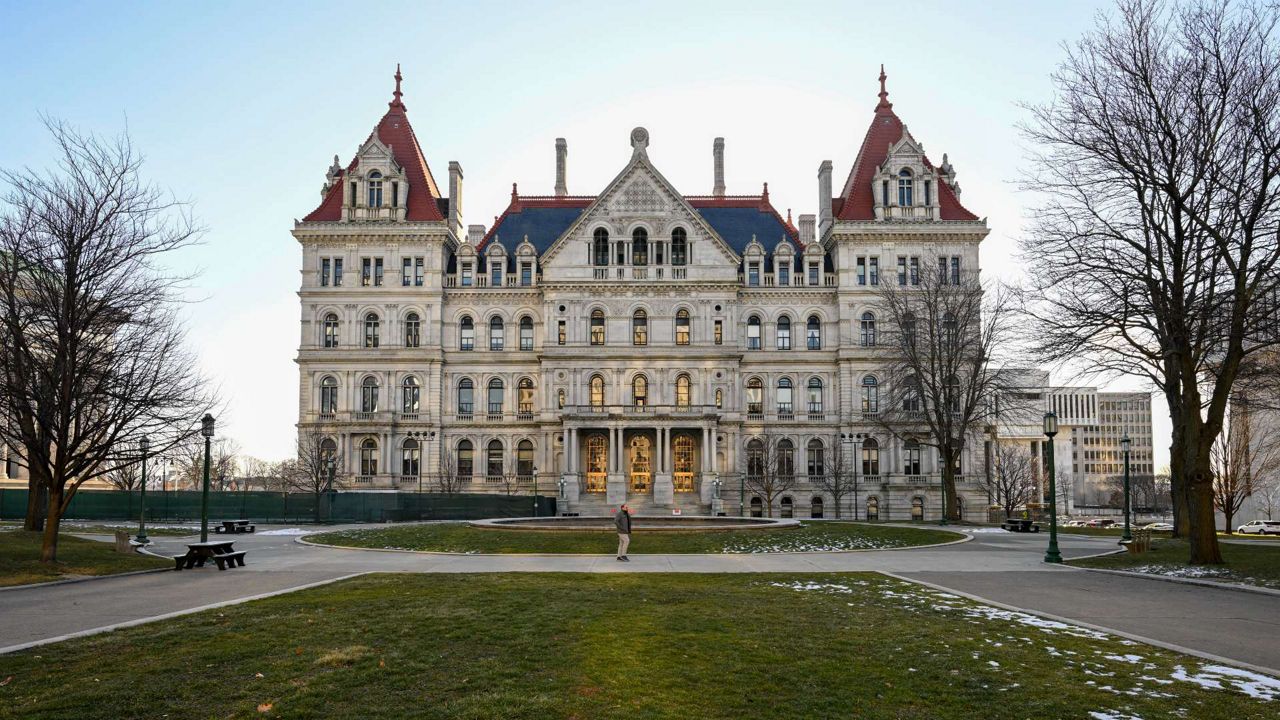The Upstate Flood Mitigation Task Force's recently released report is a tale of two watersheds: the Oswego River Basin and the Mohawk River Basin.
Together, the two basins cover nearly 8,500 square miles, or one-third of upstate New York. When these basins flood, which is happening more frequently, they cause millions of dollars’ worth of damage.
After six years and multiple delays, the task force, which is comprised of state agencies and experts and headed up by Brian Stratton, director of the New York State Canal Corporation, has released its recommendations. You can read the report here.
Syracuse-area Assemblyman Al Stirpe has been an advocate for flood reform since 2017, the year the Task Force was founded. He told Capital Tonight the recommendations are wide-ranging, and there is currently money available to implement at least some of the recommendations.
“There are some excellent recommendations in the report and there’s money available through the $4.2 billion dollar bond act, the Inflation Reduction Act from the federal government and the infrastructure bill from the federal government passed,” he said.
The number one recommendation is to have an agency oversee each basin.
“This is so that they communicate the same information to all the parties up and down the basin, and come up with recommendations that everyone can use,” Stirpe said.
One of the adaptive measures that may be implemented to mitigate flood damage includes installing updated moveable dams.
“Right now, the way things work, there’s a 24-hour period where they’re going to have to notify everybody that they’re going to raise the moveable dams. Secondly, they’re so old that it takes 48 more hours for that to be completed. So, 72 hours. And with the Mohawk River basin, you’re not going to have much luck, because there are no bodies of water to absorb any excess in the Mohawk,” Stirpe said. “That water comes fast and hard.”
With new moveable dams, the process would take 24 hours. New York state has recently seen the results of “once-in-a-hundred-year” floods. Just this summer, areas of the Hudson Valley were destroyed by flash flooding.
These events are the new normal, according to Gov. Kathy Hochul and climate scientists. The second recommendation from the task force is to update the state’s flood maps.
“Some of them haven’t been done since the 1980’s,” Stirpe said.










